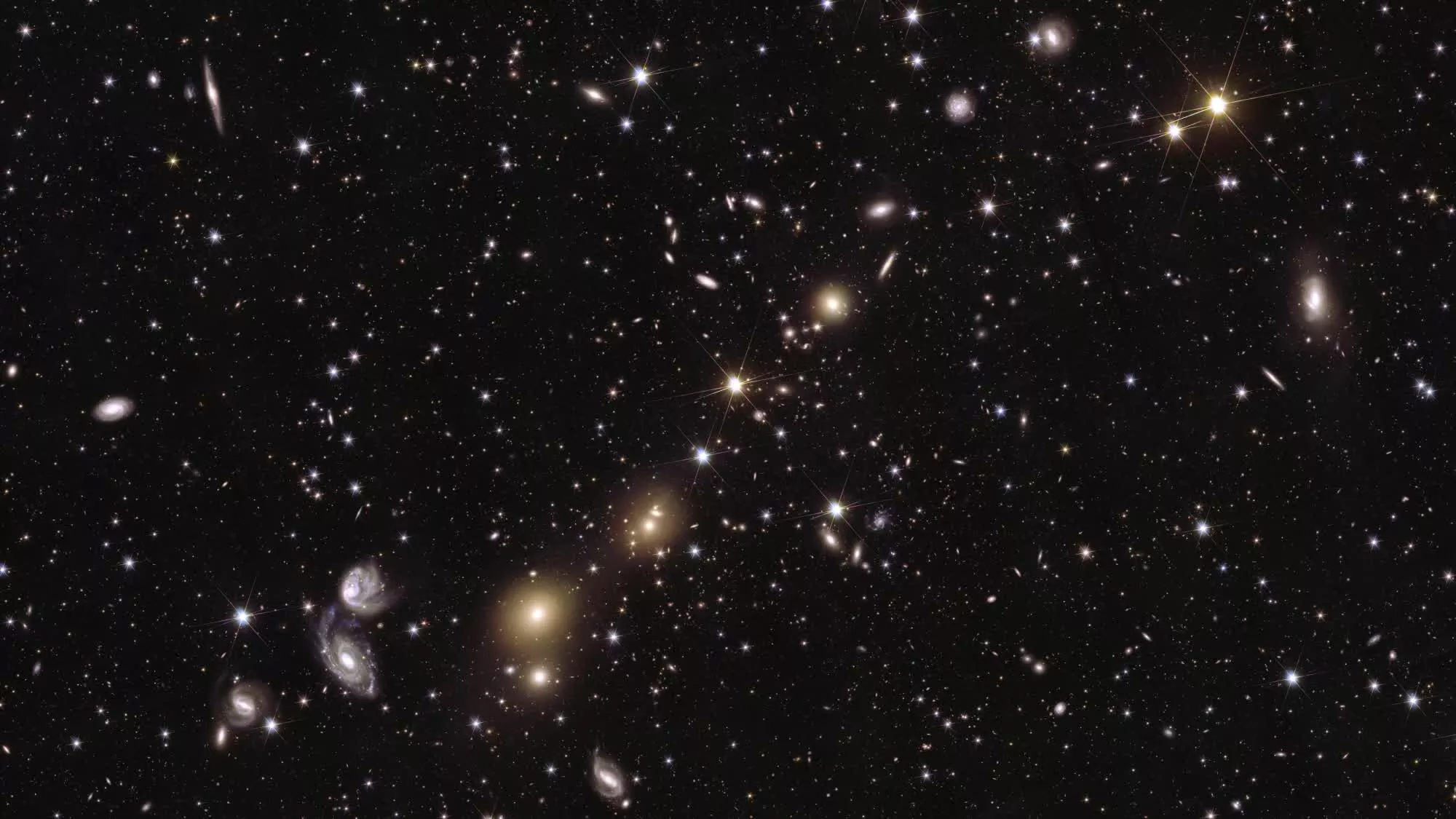Tech News
Euclid space telescope will produce the largest map of the universe ever
What just happened?
What just happened? The European Space Agency has released a snippet of a mosaic of the night sky captured by the Euclid space telescope. The image comprises 260 observations taken between March 25 and April 8, 2024, covering 132 square degrees of the southern sky. This area is more than 500 times the size of the full Moon and represents only one percent of the total survey that Euclid is expected to conduct during its six-year mission.
Launched from Florida’s Cape Canaveral on July 1, 2023, Euclid sent back its initial test photos just one month later. The telescope is equipped with a 600-megapixel camera aimed at mapping over a third of the sky, up to 10 billion light-years away, in order to create the most extensive 3D cosmic map ever.

The one percent snippet shared by the ESA contains an astounding 100 million stars and galaxies, providing a glimpse of the vastness of the sky. The image is a massive 208 gigapixels in size. When zoomed in 36 times, viewers can see the core of a galaxy cluster called Abell 3381, situated 470 million light-years from Earth.
Further zooming to 150x reveals more detail, but the true beauty is unveiled at 600x zoom, where the intricate structure of the spiral galaxy cluster is prominently displayed. At 600x zoom, we are observing just 0.0003 percent of the complete 208 gigapixel image.
The ESA has indicated that this recent release is just a glimpse of what Euclid has to offer. In March 2025, the space agency intends to unveil 53 square degrees of the survey, including a preview of the Euclid Deep Field regions. The deep survey, which will utilize 10 percent of the telescope’s observation time, will involve multiple observations of three small patches in the sky.
Until the ESA discloses more data, the highest resolution image available from the mosaic is 11K x 11K and can be accessed on the ESA’s website.
-

 Destination8 months ago
Destination8 months agoSingapore Airlines CEO set to join board of Air India, BA News, BA
-

 Breaking News10 months ago
Breaking News10 months agoCroatia to reintroduce compulsory military draft as regional tensions soar
-

 Gadgets4 months ago
Gadgets4 months agoSupernatural Season 16 Revival News, Cast, Plot and Release Date
-

 Tech News12 months ago
Tech News12 months agoBangladeshi police agents accused of selling citizens’ personal information on Telegram
-

 Productivity11 months ago
Productivity11 months agoHow Your Contact Center Can Become A Customer Engagement Center
-

 Gadgets4 weeks ago
Gadgets4 weeks agoFallout Season 2 Potential Release Date, Cast, Plot and News
-

 Breaking News10 months ago
Breaking News10 months agoBangladesh crisis: Refaat Ahmed sworn in as Bangladesh’s new chief justice
-

 Toys12 months ago
Toys12 months ago15 of the Best Trike & Tricycles Mums Recommend











